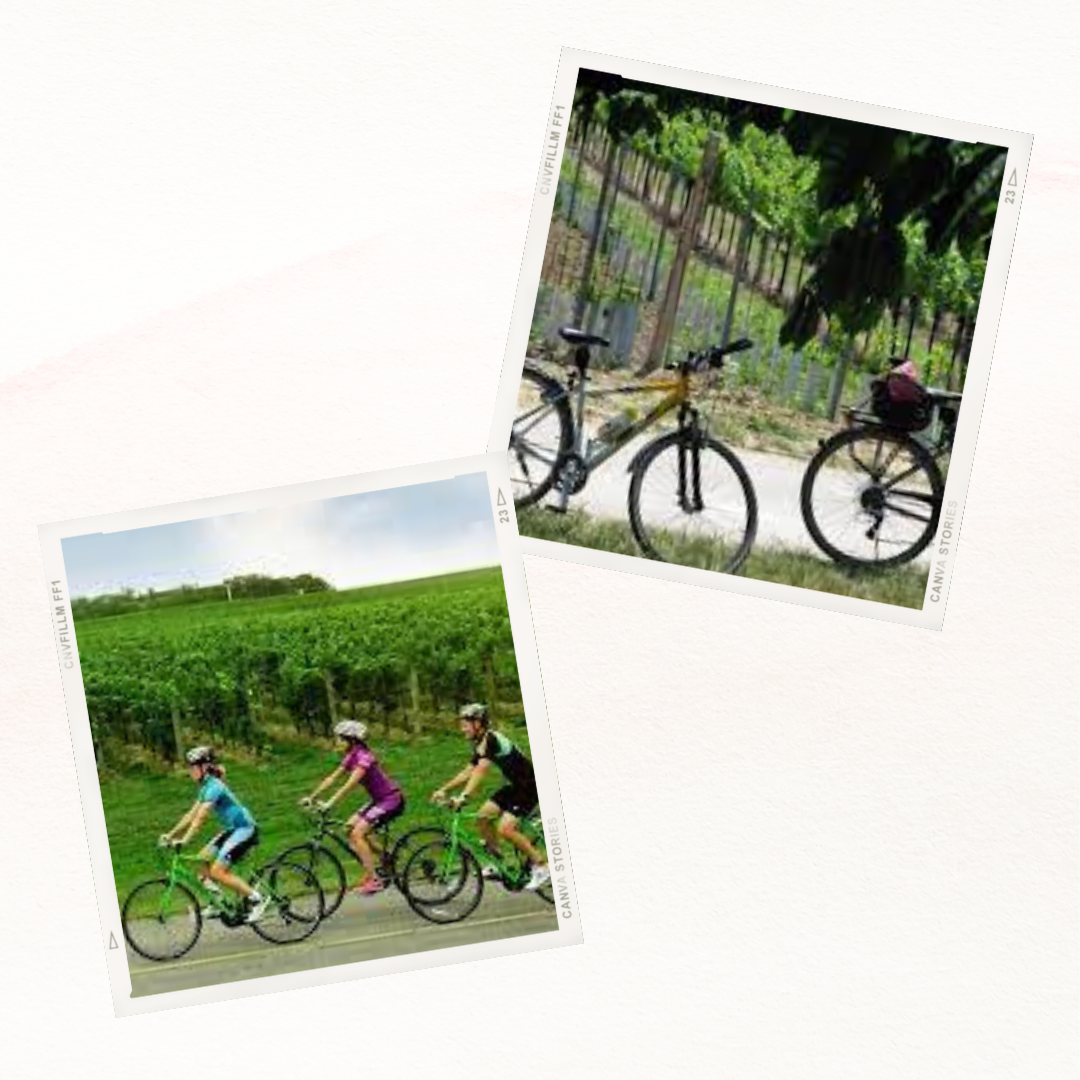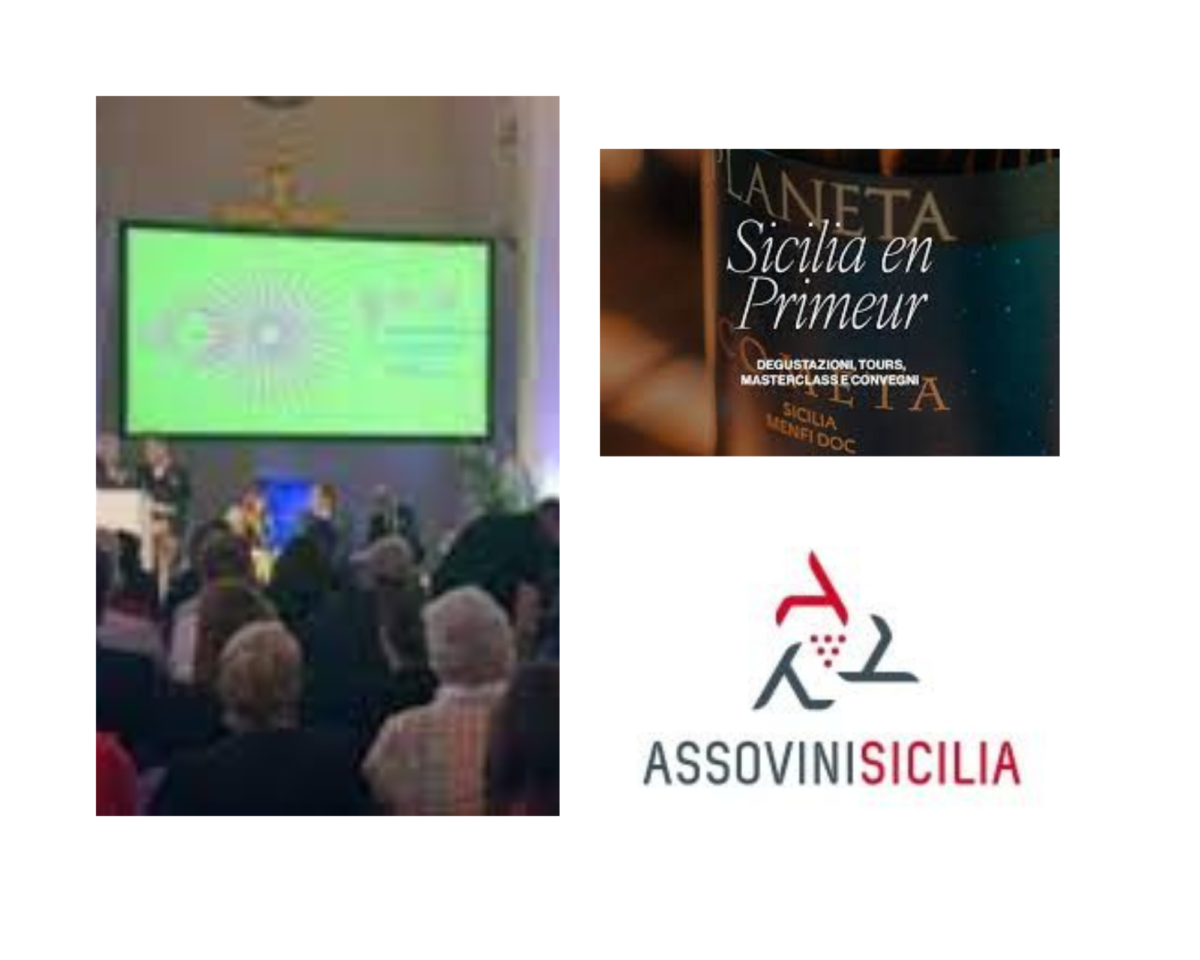In the world of wine, the contributions of young women or vignaiole Italiane continue to shape the industry in profound ways. From across Italy’s rolling vineyards, these remarkable women are creating wines that speak of tradition, innovation, and a deep connection to the land. Here, we spotlight four extraordinary wineries led by passionate young women who are making waves in the Italian wine world: Noemi Pizzighella, Angela Fronti, Laura DeVito, and Arianna Occhipinti.
Le Guaite di Noemi: A Symphony of Tradition and Terroir in the Valpolicella, Veneto
Noemi Pizzighella, the driving force behind Le Guaite, is a young and highly respected winemaker in Veneto. Growing up in the vineyards of Mezzane di Sotto, north of Verona, Noemi was immersed in the rich viticultural traditions of her family. Her father, Stefano Pizzighella, started a small olive oil production in 1987, making the most of the family’s olive groves. Inspired by her father’s dedication, Noemi developed her passion for winemaking as a child.
Wines
Le Guaite’s portfolio includes the celebrated Amarone della Valpolicella, known for its rich, robust profile with notes of dark fruit, spice, and a velvety finish. The Valpolicella Superiore is another standout, offering a harmonious balance of red berries, herbs, and subtle oak. Noemi’s meticulous attention to detail ensures that each bottle embodies the essence of the region. Noemi’s wines include: Recioto della Valpolicella, Valpolicella Ripasso, Valpolicella Superiore, Amarone della Valpolicella, and Tano IGT Rosso Veronese. These wines are celebrated for their fresh and fruity nuances, distancing themselves from the opulence of certain other Valpolicella wines.
Visiting Le Guaite
A visit to Le Guaite offers a serene and intimate experience. The winery is situated in the picturesque hills of Mezzane di Sotto, providing stunning views of the surrounding vineyards. Guests can enjoy guided tours of the vineyards and cellars, followed by a tasting of Noemi’s exquisite wines. The experience is enhanced by Noemi’s personal touch, as she often shares her insights and stories behind each vintage. The combination of volcanic and marine soil, along with the breezes from Lake Garda, creates a unique terroir that is reflected in every bottle.
Istine: Angela Fronti’s Tribute to Chianti Classico, Tuscany
Angela Fronti, the visionary behind Istine, brings a fresh perspective to Chianti Classico. Growing up in a family deeply rooted in the winemaking traditions of Tuscany, Angela was inspired by the vineyards that surrounded her childhood home. Determined to carve out her own path in the wine world, she pursued viticulture with a focus on organic farming and sustainable practices. Angela’s journey as a woman in the wine industry has been one of resilience and innovation, constantly pushing the boundaries of traditional winemaking.
Wines
Istine’s Chianti Classico wines are vibrant and elegant, characterized by bright cherry, earthy undertones, and a refreshing acidity. The Riserva offers a more complex profile with layers of red fruit, tobacco, and a lingering finish. The single-vineyard selections are particularly noteworthy, offering a deeper exploration of the terroir with complex flavors. Angela’s wines are a true reflection of her commitment to excellence and sustainability.
Visiting Istine
Nestled in the heart of Radda in Chianti, Istine provides a quintessential Chianti Classico experience. Visitors can explore the organically farmed vineyards and learn about Angela’s sustainable practices. The winery offers tastings that showcase the range and depth of Istine’s wines, often accompanied by local cheeses and charcuterie. Angela’s passion for her craft and her engaging storytelling makes each visit memorable.
Laura DeVito: Crafting Elegance in Every Bottle in Lapio, Campania
Laura DeVito is an emerging talent in the Italian wine scene, known for her sophisticated approach to winemaking. Laura was born and raised in Lapìo, a small town in the province of Avellino, within the historic district of Irpinia. Surrounded by the vineyards and the enchanting landscape of the Calore River valley near Mount Tuoro, Laura’s passion for viticulture was kindled at a young age. Her curiosity and dedication to understanding the terroir led her to pursue formal education in viticulture and enology.
In 2018, Laura and her husband, Carmine De Maria, founded the Laura DeVito winery. Their goal was to enhance and showcase the unique qualities of the Fiano grape, a variety deeply rooted in the history and culture of Lapìo. As a woman in the wine industry, Laura faced the challenge of carving out her niche in a male-dominated field. Her perseverance, combined with an unwavering belief in the potential of her land, has led to the creation of wines that are celebrated for their elegance and complexity.
Wines
The Laura DeVito winery focuses exclusively on Fiano di Avellino, producing four distinct labels that highlight the nuances of different terroirs. The wines are crafted with meticulous care, following a philosophy of minimal intervention and respect for the natural characteristics of the grapes. Each label is a testament to the varying microclimates, soils, and altitudes of the vineyards in Arianiello, Verzare, and Sauroni.
Visiting Laura DeVito
The Laura DeVito winery offers an intimate and personal experience for visitors. Nestled in the scenic countryside of Lapìo, the winery provides a serene backdrop for exploring the vineyards and learning about the winemaking process. Guests can enjoy guided tours that delve into the specifics of Laura’s approach, followed by tastings of the elegant Fiano di Avellino wines. The combination of Laura’s engaging personality and the tranquil setting makes for an unforgettable visit.
Arianna Occhipinti: The Icon of Organic Wines in Vittoria, Sicily
Arianna Occhipinti is a name synonymous with natural winemaking in Sicily. Raised in Vittoria, Arianna was surrounded by vineyards and winemaking traditions that deeply influenced her. From an early age, she was determined to follow in her family’s footsteps but with a modern twist, embracing biodynamic practices and low-intervention winemaking. As a pioneering woman in the natural wine movement, Arianna has faced numerous challenges but has remained steadfast in her commitment to producing authentic, terroir-driven wines.
Wines
Arianna’s Frappato and Nero d’Avola wines are celebrated for their vibrant, expressive nature. The SP68 Rosso, a blend of Frappato and Nero d’Avola, offers a lively bouquet of red fruits, herbs, and a hint of spice, with a fresh, approachable palate. Her wines are renowned for their authenticity and the vivid expression of their origins.
Visiting Arianna Occhipinti
A visit to Arianna Occhipinti’s winery in Vittoria is a journey into the heart of natural winemaking. Guests can tour the biodynamic vineyards and learn about Arianna’s minimalist approach in the cellar. Tastings are often held in the charming winery or amidst the vines, offering a chance to savor the unique flavors of her wines in their place of origin. Arianna’s passion and knowledge make each visit an educational and inspiring experience.
These four women are not just winemakers; they are trailblazers who embody the spirit of innovation and respect for tradition in the wine world. Whether you’re planning your next wine tour or looking to expand your cellar, the wines of Le Guaite di Noemi, Istine, Laura DeVito, and Arianna Occhipinti are sure to inspire. Each bottle tells a story of passion, dedication, and the unique terroir from which it hails. Cheers to these remarkable women behind these exceptional wines!
Filippo Magnani






